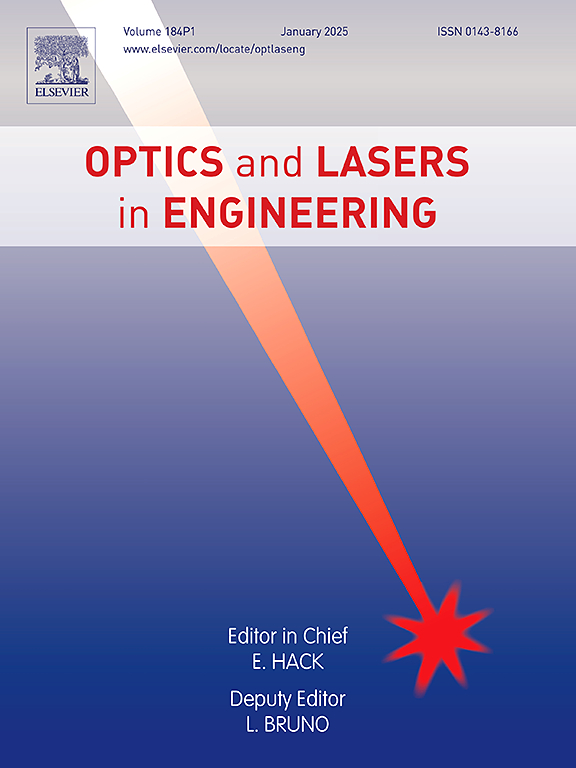Performance of underwater wireless optical communication using Bessel beams and acousto-optic modulator
Abstract
Underwater wireless optical communication (UWOC) is adversely affected by the scattering of impurity particles and turbulence in seawater channels, causing signal quality degradation over long distances. Owing to their physical properties, Bessel beams exhibit anti-interference capabilities in complex seawater environment, highlighting their significant potential for underwater communication. Addressing the issues of high-speed modulation of Bessel beams and their limited non-diffracting range for underwater communication, this paper proposes a UWOC system using Bessel beams and an acousto-optic modulator (AOM). The modulation speed is enhanced by adjusting the beam's focal distance to achieve a transmission rate of at least 20 Mbps. A telescope system was designed to extend the non-diffracting distance of the Bessel beam to 30 m. Experiments were conducted to compare and analyze the changes in the characteristics of the Bessel and Gaussian beam spots under different conditions of chlorophyll solution and temperature. It was confirmed that Bessel beams in this system exhibit superior turbulence and scattering resistance compared to Gaussian beams. Moreover, an in-depth analysis was conducted on how chlorophyll solutions and thermal gradients affect the signal characteristics of Bessel beams. The results show that at the same chlorophyll concentration, the bit error rate increases linearly with the signal rate; under the same thermal gradient, they are inversely proportional. This system validates the feasibility of using Bessel beams in underwater communication, exploiting their potential and offering a new direction for the development of UWOC systems.

 求助内容:
求助内容: 应助结果提醒方式:
应助结果提醒方式:


